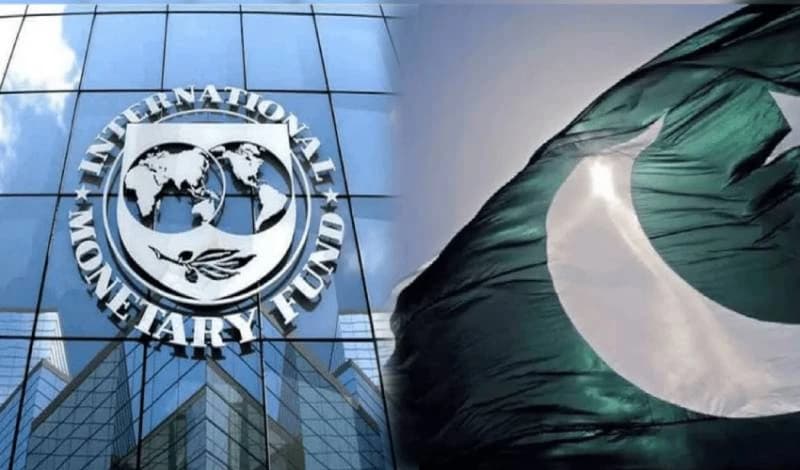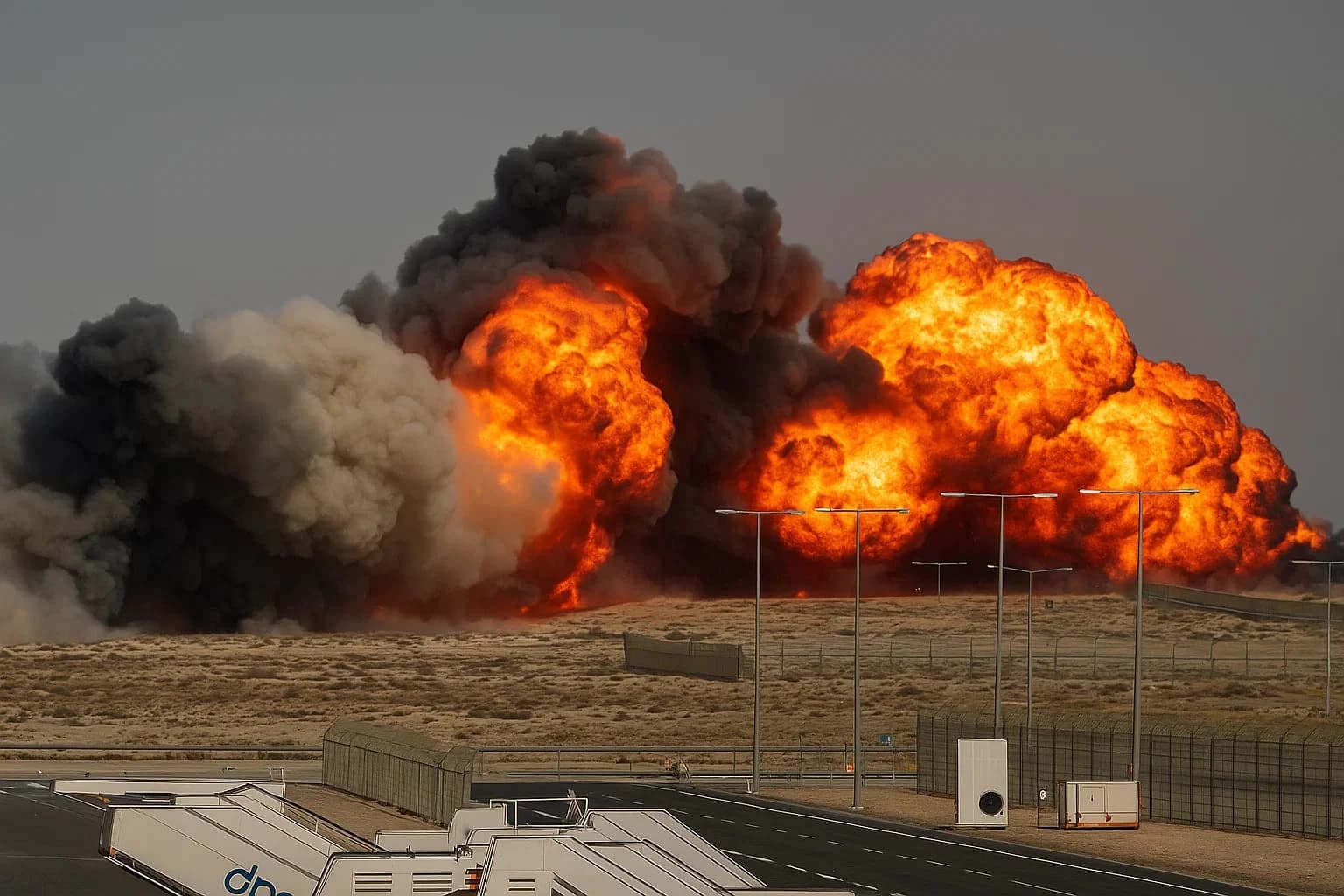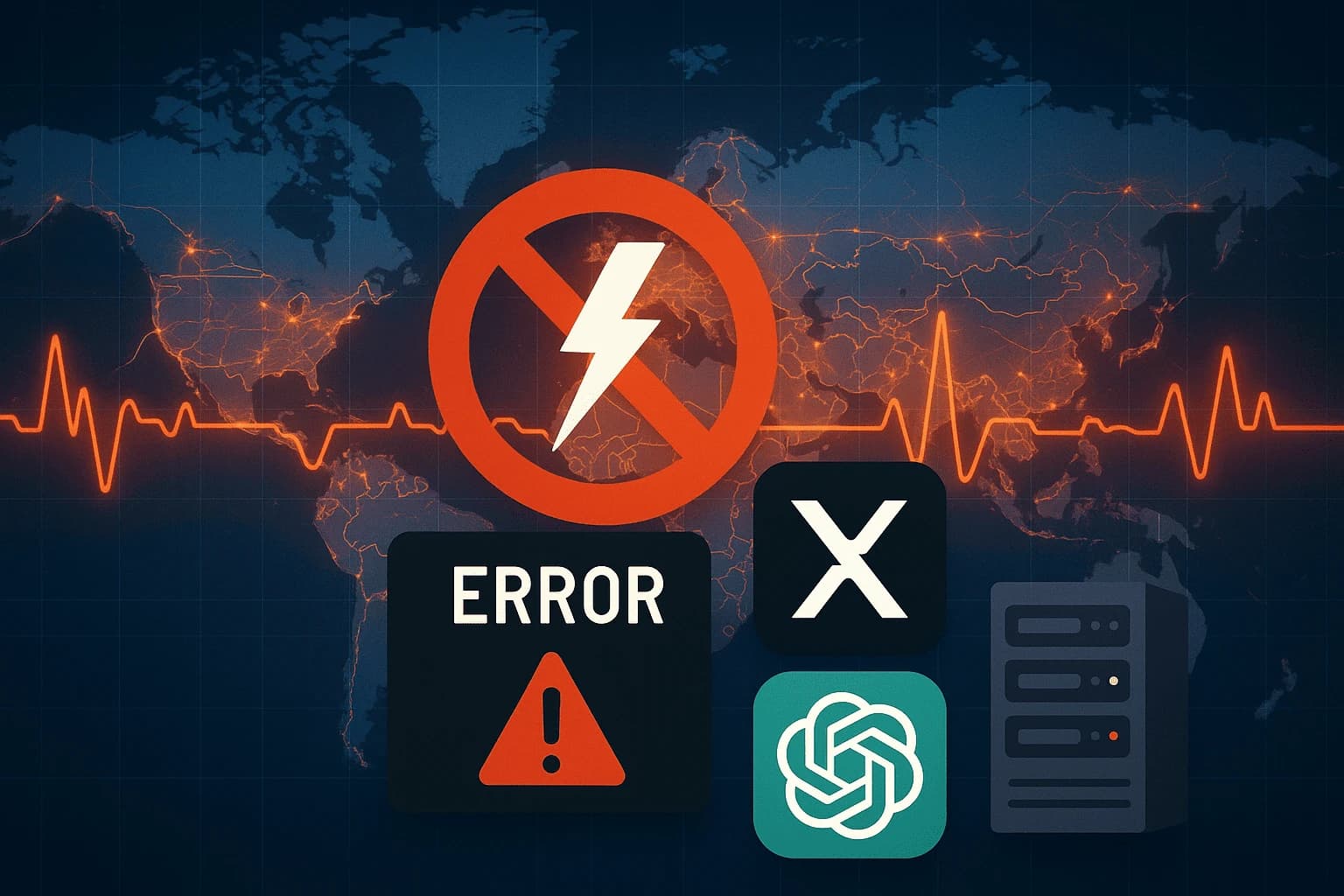© 2025 Roz UpdatesbyTETRA SEVEN

* All product/brand names, logos, and trademarks are property of their respective owners.
In a critical development for Pakistan’s economic trajectory, the International Monetary Fund (IMF) disbursed a second tranche of $1.023 billion under the Extended Fund Facility (EFF), bringing total disbursements under the program to approximately $2.1 billion. The funds were received by the State Bank of Pakistan (SBP) and are expected to boost foreign exchange reserves and ease short-term financial stress.
The IMF's decision followed Pakistan’s successful review of its reform commitments, including fiscal discipline, energy pricing adjustments, and enhanced revenue mobilization.
The $1.023 billion IMF loan has increased Pakistan’s forex reserves to above $10 billion, offering a temporary buffer against external payment pressures. This development comes as the country faces a tough fiscal year marked by high inflation, a depreciating currency, and slow economic growth.
Following the inflow, the Pakistani rupee gained marginally in the interbank market, while the Pakistan Stock Exchange (PSX) surged over 600 points, signaling renewed investor confidence.
Despite the fresh capital injection, economic analysts remain cautious. Experts argue that IMF funds provide short-term relief, but sustainable recovery depends on implementing deeper structural reforms.
“The IMF bailout buys time — but unless Pakistan fixes its tax system, reforms SOEs, and improves governance, we’ll be back in the same spot within 12 months,”
Dr. Farrukh Saleem, an economic analyst.
The IMF has urged Pakistan to phase out untargeted subsidies, broaden the tax base, and ensure transparent fiscal spending. Failure to meet future targets may jeopardize the final tranche and impact other multilateral lending.
According to the Finance Ministry, the IMF disbursement will be used for:
Debt repayments due in Q3 and Q4 2025
Import financing, especially energy and industrial inputs
Supporting social safety net programs like BISP
However, critics warn that using bailout funds for budgetary gaps without structural adjustments risks repeating past patterns.
The IMF bailout has also drawn attention from neighboring countries. India abstained from voting on the package, citing concerns over fund misuse and Pakistan’s credibility in executing reforms. However, IMF officials defended the approval, stating that Pakistan had met the agreed benchmarks.
The decision also reflects the IMF’s ongoing support for South Asian economies struggling with debt, climate shocks, and political instability.
Economists predict a short-term reduction in default risk due to the IMF tranche, but warn of recurring challenges:
Inflation is projected to remain above 20%
GDP growth estimates for 2025 remain under 2%
External debt servicing requirements continue to rise
Without a clear roadmap for reform, experts fear that Pakistan may require another bailout cycle within the next two years.
The $1.023 billion IMF tranche is undoubtedly a lifeline for Pakistan’s fragile economy. However, the real test lies not in receiving funds but in how the government leverages this support to enact sustainable reforms. The IMF bailout alone cannot fix structural weaknesses; fiscal discipline, political will, and transparency are essential for meaningful recovery.
As Pakistan prepares for its 2025–26 budget and further negotiations with the IMF, all eyes remain on whether this bailout becomes a turning point — or just another chapter in a cycle of economic dependency.

22 November 2025

18 November 2025
No comments yet. Be the first to comment!